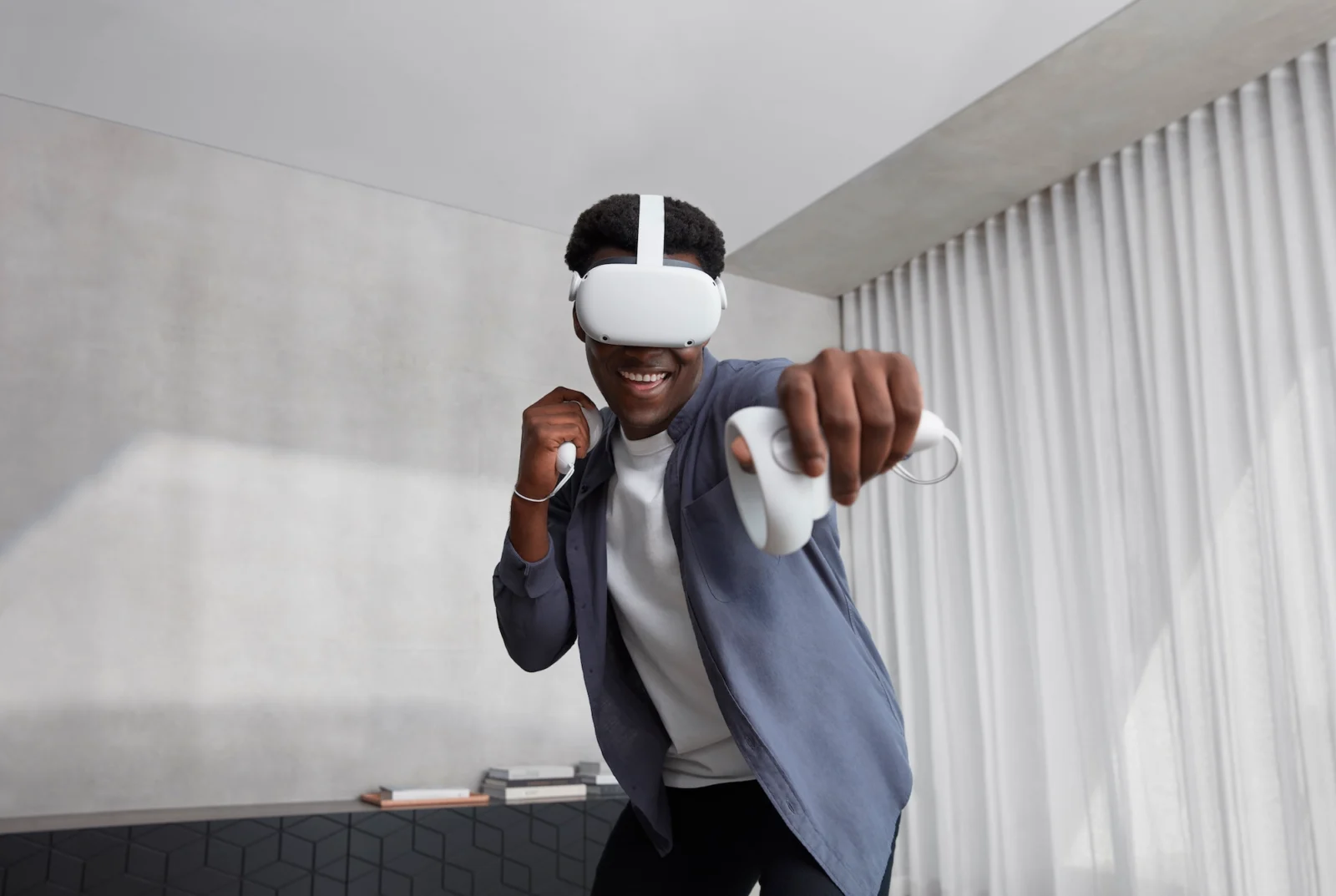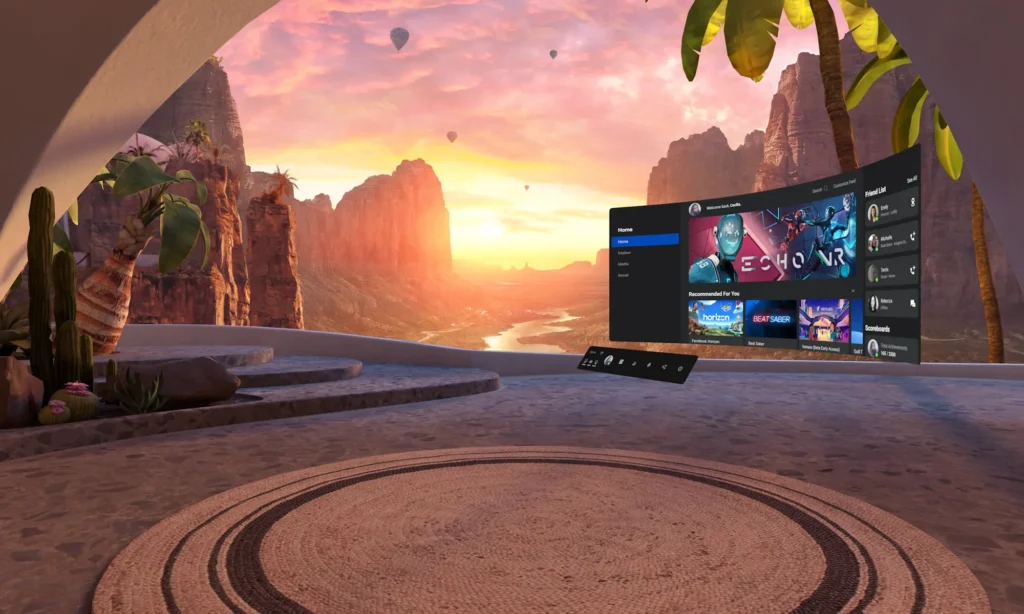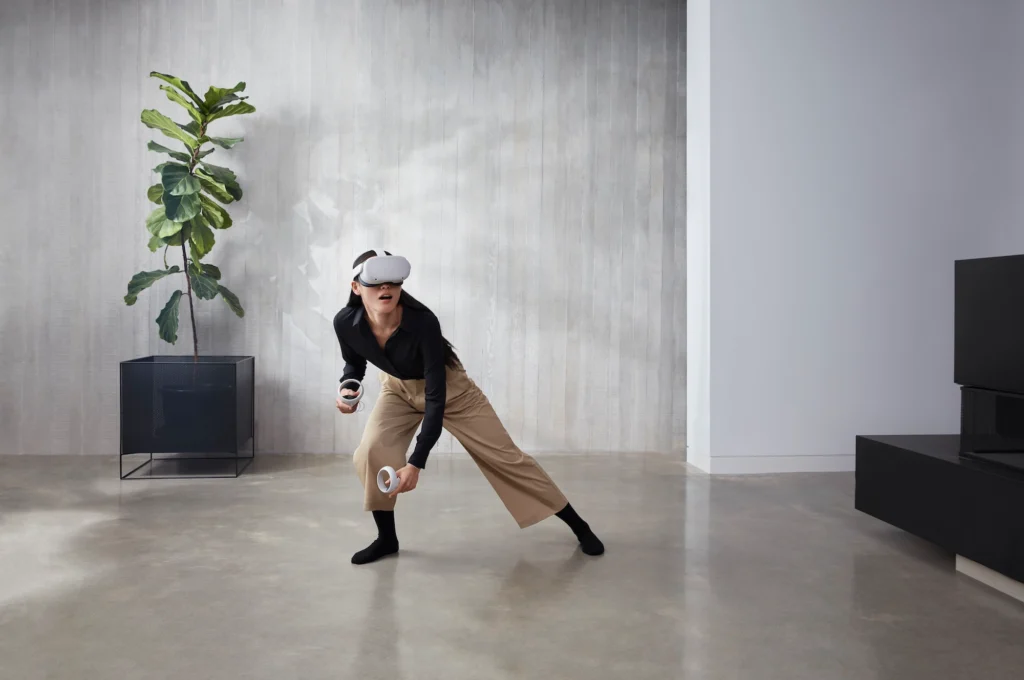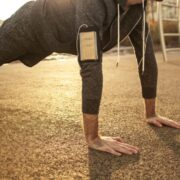Meta Pushes Into VR Fitness: Why the Tech Giant Is Just Getting Started

Meta noticed something interesting about the VR games its customers were playing: they were helping people get into better shape
When Meta released its first Quest virtual reality headset back in 2019, fitness wasn’t much of a priority for the tech giant.
In early 2023, Meta completed its acquisition of Within, maker of the popular VR fitness app Supernatural, for a reported $400 million, cementing the tech company’s entry into the space.
In the four years or so between its first foray into VR and its decision to shell out big bucks for a digital fitness company, Meta noticed something interesting about the VR games its customers were playing on Quest devices: they were helping people get into better shape.
“People started coming in to play games, but they stayed for the fun and they stayed because they were seeing their health outcomes improve,” Anand Dass, Meta’s director of Metaverse content, told Athletech News. ”There was an unexplored variable around fitness that was allowing people to improve their health outcomes. The unexplored variable was fun.”
Dass explains that people get so wrapped up in immersive VR app experiences that they often forget they’re exercising.
“If you go look at the reviews on FitXR, Supernatural or Litesport, people are saying, ‘I didn’t realize I was actually working out, but I was sweating by the end of my playtime and over time I lost ten pounds,’” he says. “Or their biomarkers improved, like blood pressure and blood sugar levels.”
That realization was enough to get Meta interested in making fitness a key part of its VR plans.
“When we saw that consumers were truly able to change their health outcomes and lead a healthier lifestyle, we knew we should try and do something to serve this audience better,” Dass says. “That was the genesis of our fitness thrust.”
Meta Goes After the 80%
Most people don’t like working out – and most people don’t. It’s an unfortunate fact that the fitness industry has been trying to change for years, without a ton of success. Statistics still show that around 80% of Americans don’t exercise regularly.
Meta believes making fitness fun – through immersive VR experiences – will finally get that silent majority of the population moving.
“We think this will expand the wellness market significantly because it’s creating an opportunity in a segment of the population that didn’t work out before,” Dass says of VR fitness.
VR’s ability to alter time and space and transport people into a fantasy world makes the prospect of working up a sweat a lot more palatable to the average person. Strap on a Quest headset and fire up Supernatural, for example, and within minutes, you can be moving around and dodging virtual objects on the Galapagos Islands or the surface of Mars.
“You can be on top of volcanoes and you can have an instructor in your living room,” Dass notes. “It can be 10 minutes between your work calls or it can be a bite-sized HIIT workout.”

VR fitness also appeals to groups that want to stay active but don’t traditionally go to the gym. Working parents often prefer to work out with a VR headset, Dass noted, since it’s more convenient for them than finding time to drive to the gym. For older people, the headset presents an opportunity to work out without having to endure the physical and emotional issues that the modern gym presents for people above a certain age. And for beginners or those intimidated by the traditional gym setting, VR is a much more welcoming environment.
“You’re not judged at all if you’re in your living room,” Dass says.
However, Meta is also targeting the fitness enthusiast with its VR plans. Dass describes what he calls a “blended” approach to working out, with some days in the gym, some days working out with connected fitness equipment like a Peloton bike and some days spent working out in VR.
“It’s very much a complimentary experience to traditional fitness options,” Dass says of VR. He notes that even dedicated gym-goers sometimes run into dry spells of motivation or deal with time constraints that make it infeasible to travel to the gym or studio for a long workout.
“There are two audience cohorts that we think about,” Dass says, referring to the larger group of people who don’t exercise regularly as well as the 20% or so of the population already dedicated to fitness.
A Strategic Acquisition
Dass described Meta’s decision to buy Within (Supernatural) as a strategic acquisition so it could better understand the fitness space.
“It’s really hard to innovate and serve an industry unless you know what it is,” he said. “We’re a tech company, we don’t have trainers, we don’t understand how to speak the language of fitness. So for us, the Within acquisition was about building domain knowledge.”
For example, in probing Supernatural’s tech stack, Meta learned how the fitness app incorporates beat-mapping, a phenomenon where music beats queue the physical actions that users need to perform during a workout. The tech company also learned about the highly important role human coaches can play in motivating people to work out.
“I distinctly remember this from one of the Supernatural experiences I tried, where one of the coaches talks about loss and grief in her life,” Dass shares. “She’s talking about processing her grief and being resilient and persistent. In that moment, I’m thinking, ‘If she can do that, I can persist for another 20 minutes and hit a bunch of targets.’”
“That’s art, not algorithms,” Dass says.
Better Together: Meta’s Collaborative Approach
Despite regulatory concerns about Meta’s acquisition of Within – the FTC sued to block the deal over antitrust concerns – Dass assures that the tech giant plans to take a collaborative approach to VR fitness.
“We’re going to take the stance of partnering and being more open in how we build this as opposed to taking the more vertically integrated approach that we’ve seen taken in the mobile world by some players,” he said.

Dass noted that Meta has partnered with companies like Les Mills, FitXR and others to build VR fitness experiences, and will continue to do so despite its ownership of Supernatural.
“The magic is to pair that fitness science that the fitness industry knows with the underlying technology that serves that science to deliver life outcomes,” he said. “That’s how we think of our strategy.”
What’s Next for VR Fitness?
As Meta works to better understand the fitness space, the company is committed to innovating in ways that promise to make VR fitness even more immersive and fun.
“We have to push hard on the underlying technology stack,” Dass said. “For example, headsets currently don’t work outdoors because they require the bounding box of a room.”
Meta is also looking into how it can add lower-body workouts to its VR fitness offerings. Currently, the Quest headset only captures head and hand movements.
“There is innovation we can do with machine learning and AI,” Dass said. “Supernatural released a prototype for knee strikes. Now they’ve figured out a way to do ground-based exercises and combine them with hand movements. We’ll push on things like that.”
Meta also plans to push forward on Meta Reality, its version of mixed reality, where the physical and virtual worlds interact to form one experience. Meta Reality offers some exciting possibilities for strength training, including potentially adding weights to VR workouts, a feature that’s not currently available. Moves like wall sits could also be possible using Meta Reality.
True to its spirit of building with others, Meta plans to make as many of its VR and MR innovations as possible available to its outside partners.
“Whatever we’re building that’s more universally usable, we’re just going to put it into the platform and give it to anybody who wants to build a fitness experience,” Dass says.



